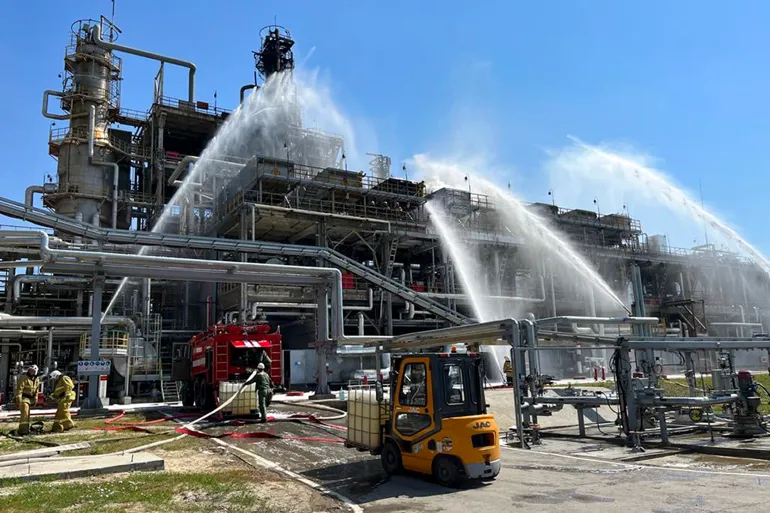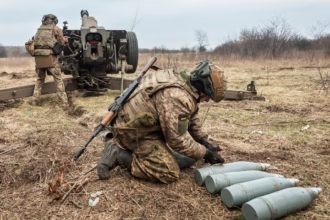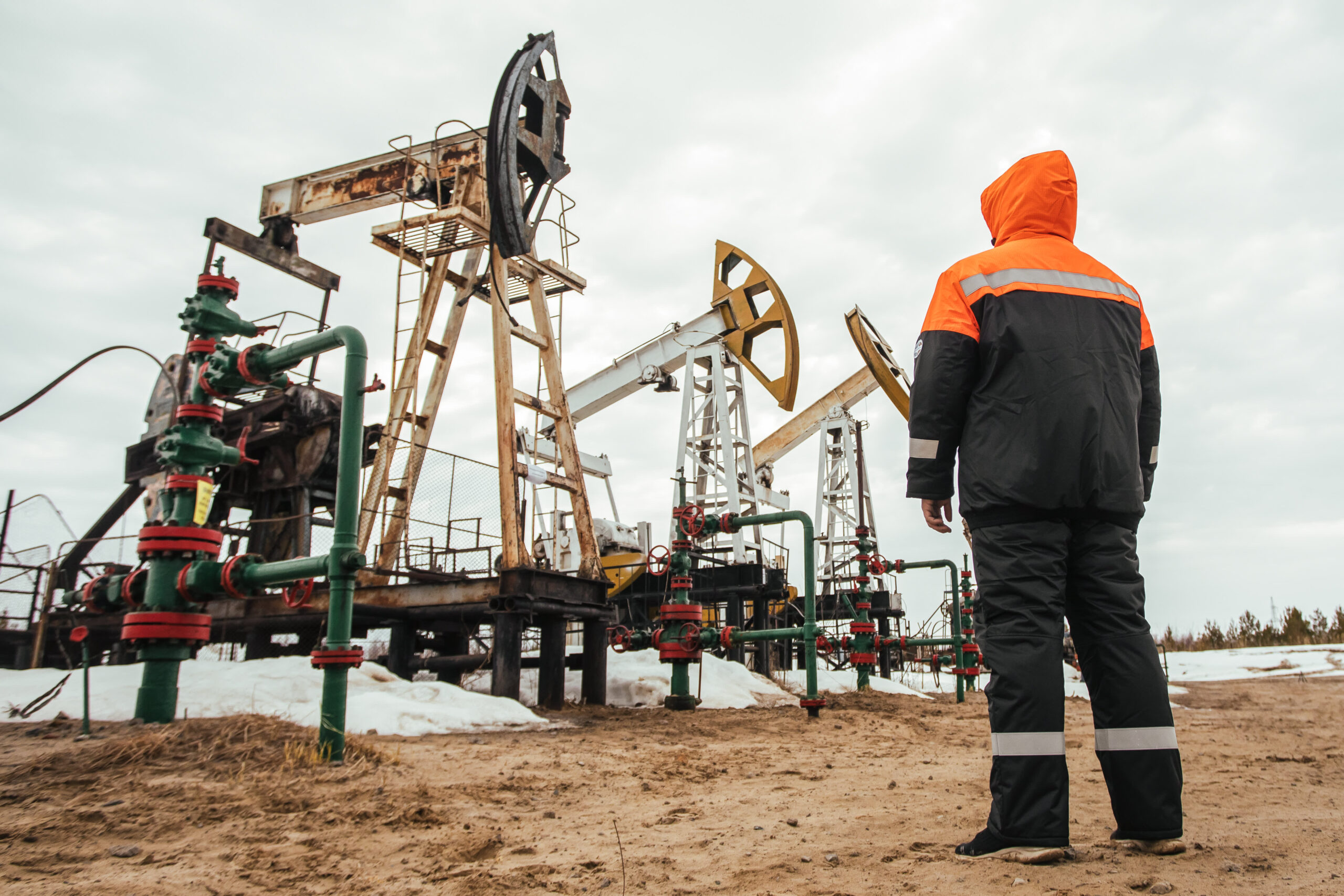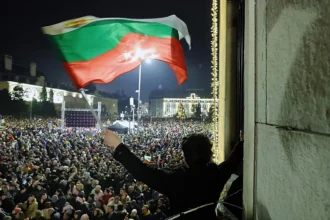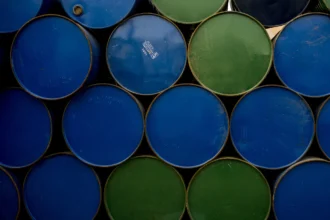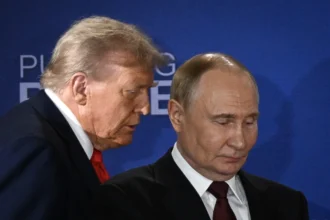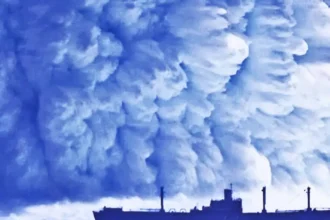Ukraine has carried out a drone strike on one of Russia’s largest oil refineries, marking a significant escalation in attacks on critical infrastructure amid the ongoing conflict. The assault underscores the growing role of unmanned aerial vehicles in modern warfare and highlights Kyiv’s strategy of targeting strategic economic and military assets.
Details of the Attack
The refinery, located in [specific Russian city—if publicly known], is a major hub for fuel production and distribution, supplying both civilian and military needs. Ukrainian forces reportedly used multiple drones to strike the facility, causing significant fires and operational disruptions. Russian authorities confirmed damage but did not immediately provide casualty figures.
Satellite imagery and local reports show smoke rising from the site, with emergency crews reportedly working to contain the blaze. Analysts say the strike could have immediate implications for fuel supply chains in Russia, particularly for transportation and military operations.
Ukraine’s Strategic Objectives
Officials in Kyiv have increasingly employed drones as precision tools to hit high-value targets behind Russian lines. By striking major refineries and other logistical hubs, Ukraine aims to:
- Disrupt Military Supply Chains – Limiting fuel availability for Russian armored and mechanized units.
- Pressure Russia Economically – Targeting energy infrastructure to strain domestic markets and industrial output.
- Signal Capability – Demonstrating Ukraine’s growing sophistication in long-range and drone-based warfare.
Military analysts note that drone strikes allow Ukraine to inflict damage while minimizing direct troop engagement, a tactic well-suited to asymmetric warfare against a larger adversary.
Russian Response
The Russian Ministry of Defense condemned the strike as a “sabotage act” by Ukrainian forces, vowing to bolster air defense around critical energy facilities. Some Russian state media outlets have downplayed the damage, emphasizing resilience and ongoing refinery operations.
Experts, however, caution that repeated attacks on strategic infrastructure could gradually degrade operational capacity and affect both civilian and military fuel supplies. Russia may be forced to divert resources to protect vulnerable industrial targets, potentially affecting broader military logistics.
Role of Drones in Modern Conflict
The attack highlights the increasing prominence of drones in the Ukraine-Russia conflict. Both sides have used unmanned systems for reconnaissance, targeted strikes, and supply interdiction. Drones offer several advantages: cost-effectiveness, precision targeting, and the ability to penetrate defended airspace with minimal risk to personnel.
Ukraine has developed or acquired a range of drone capabilities, from small tactical UAVs to larger long-range systems capable of striking deep inside Russian territory. This incident is one of the most high-profile strikes against energy infrastructure to date.
Economic and Global Implications
Disruption of one of Russia’s largest refineries could have ripple effects on domestic fuel prices and energy exports. Analysts warn that repeated strikes on refineries and pipelines could create temporary bottlenecks in the oil and gas sector, potentially affecting European and global markets if the conflict escalates.
Energy security experts are monitoring the situation closely, noting that while Russia has multiple refineries, targeted drone attacks expose vulnerabilities in critical supply infrastructure.
Looking Ahead
The strike is likely to intensify military and political tensions between Ukraine and Russia, drawing international attention to the evolving nature of the conflict. Analysts predict that drone warfare will continue to play a central role in strategic operations, with both sides adapting tactics to protect assets and exploit vulnerabilities.
Ukraine’s ability to strike deep into Russian infrastructure demonstrates not only technological innovation but also the strategic importance of precision attacks in modern warfare. For Russia, the challenge will be mitigating the impact on critical infrastructure while maintaining military and industrial operations.

